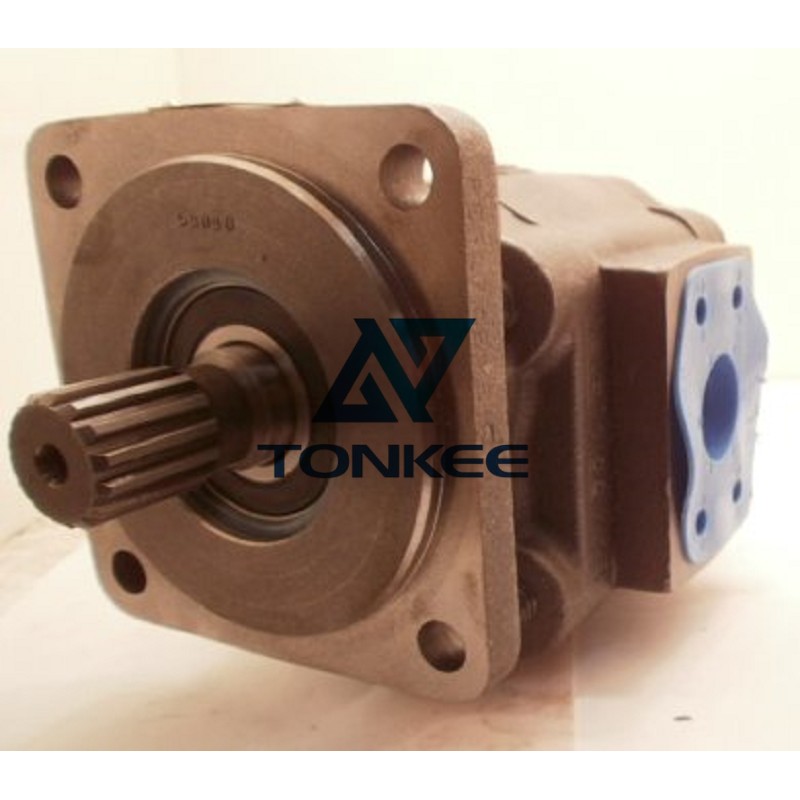
Model: 5C1 51045COM
Type: Hydraulic Gear Pump
Flow Rate: The flow rate of this pump may vary based on model and configuration, but it typically ranges from 1 to 60 gallons per minute (GPM).
Pressure Rating: The pressure rating can also vary, but it is commonly designed to operate in the range of 500 to 3,000 pounds per square inch (PSI).
Materials: These pumps are typically constructed with high-quality materials such as cast iron or aluminum alloy, ensuring durability and resistance to corrosion.
Mounting Options: The 5C1 51045COM hydraulic gear pump can be mounted in various positions to accommodate different system configurations.
Drive Type: Most hydraulic gear pumps are driven by a direct connection to an electric motor or an internal combustion engine.
Key Features:
Gear Mechanism: Hydraulic gear pumps utilize a gear mechanism consisting of two or more intermeshing gears. These gears rotate to create a vacuum at the inlet, drawing in hydraulic fluid, and then pressurizing and expelling it at the outlet.
Compact Design: These pumps are known for their compact and lightweight design, making them suitable for applications with limited space.
Efficiency: Hydraulic gear pumps are known for their high volumetric efficiency, meaning they can deliver a consistent and predictable flow of hydraulic fluid.
Reliability: The simplicity of the gear mechanism contributes to the reliability of these pumps. They are less prone to wear and tear, resulting in longer service life.
Self-Priming: Hydraulic gear pumps are self-priming, which means they can draw fluid into the pump even when the fluid level is below the pump inlet.
Versatility: These pumps are used in a wide range of applications, including agricultural machinery, construction equipment, industrial systems, and more.
Cost-Effective: Hydraulic gear pumps are often more cost-effective than other types of hydraulic pumps, making them a popular choice for budget-conscious applications.
Construction Machinery: They are commonly used in excavators, loaders, and cranes to provide the hydraulic power needed for lifting, digging, and other functions.
Agricultural Equipment: Tractors, combine harvesters, and other farm machinery rely on hydraulic gear pumps to operate their hydraulic systems for tasks like lifting, steering, and implement control.
Industrial Machinery: Hydraulic presses, injection molding machines, and conveyor systems often incorporate hydraulic gear pumps for their power transmission needs.
Material Handling: Forklifts and conveyor systems in warehouses and distribution centers use hydraulic gear pumps for precise control and lifting.
Automotive: Some vehicles, particularly commercial trucks and buses, use hydraulic gear pumps for power steering and other hydraulic functions.